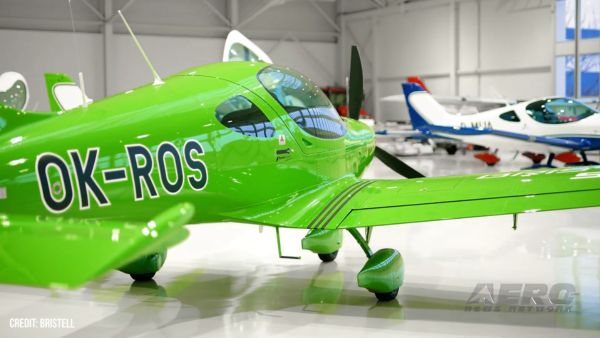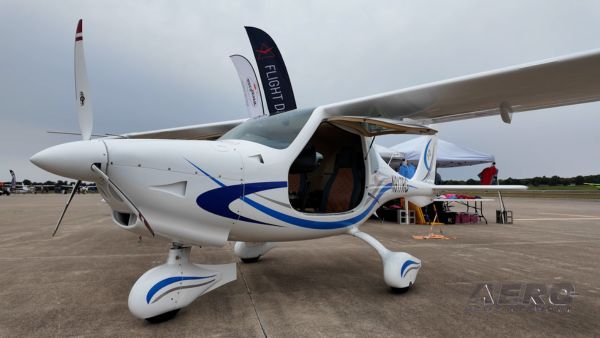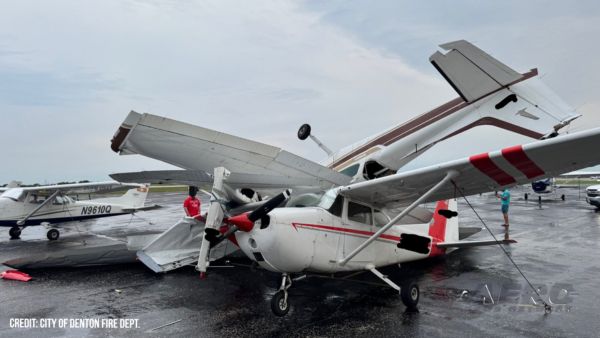Fri, Nov 25, 2022
The Lightning Program is Doin' Just Great, As Per Usual
A 2020 flight restriction on the F-35A will reportedly not be rescinded any time soon, preventing the Lightning fighter from operating within 25 miles of lightning storms.
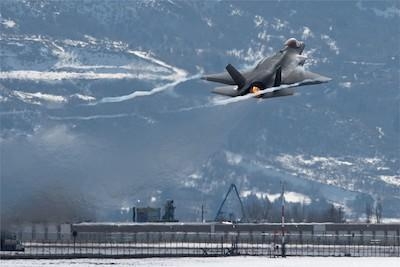
The issue stems from a problem with damaged tubing inside the keystone of the fighter's lightning protection system. The Onboard Inert Gas Generation System (OBIGGS) was expected to be fixed some time last summer according to the F-35 Joint Program Office, but now a finalized solution to the problem isn't ready in the foreseeable future. The JPO has assessed the hardware and software upgrades, but according to Chief Petty Officer Matthew Olay, the restrictions will remain in place.
“Due to additional findings earlier this year, this upgrade will provide an improvement, but is insufficient to lift the lightning restriction,” Olay told reporters. “Lightning restrictions will be lifted when all safety concerns are resolved or acceptably mitigated.”
His office remains understandably mum about the fighter's continuing issues, given its position as the poster child of advanced American fighter tech. Olay said that things are still up in the air, only stating that the “JPO continues to take steps to address all lightning restriction concerns through all available means." The F-35A will remain hobbled as-is until "all safety concerns are resolved or acceptably mitigated”, whenever that may be.
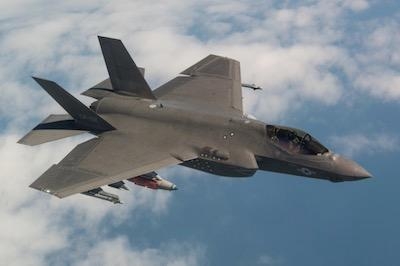
OBIGGS has long been a sticking point for the program, causing issues for nearly a decade now. The system is designed to provide nitrogenous air into the F-35's fuel tanks when lightning is present, purging oxygen from the system to lower the probability of combustion should a lightning strike occur. The unsurprisingly advanced (maybe even a little convoluted) solution was the cause of flight restrictions and redesigns in 2014, but evaluation of lightning-stricken aircraft revealed weaknesses in OBIGGS. From there, the usual routine began, with inspections for proper installation followed by revisions to the design itself. New, hardier hardware was rolled out in November 2021, with accompanying software released last August. Rollout of the fix will likely take some time, given USAF's 375-strong F-35A fleet. Until further notice, the Lightning II will have to keep its distance from its namesake.
More News
"This first FAA certification enables us to address the pilot shortage crisis with modern training solutions. Flight schools need alternatives to aging fleets with 40-year-old desi>[...]
Manufacturer Works to Set Up Shop in California Personal aviation company Jetson recently completed the first-ever delivery of its ONE electric vertical takeoff and landing (eVTOL)>[...]
Workforce Development Partnership Expands To Meet Demand Hawaiian Airlines and Honolulu Community College announced an expansion of their workforce development program with their l>[...]
Manufacturer Wiggles Its Way Into the US Flight Training Market Czech plane maker Bristell was awarded its first FAA Type Certification for the B23 two-seater, assisting its effort>[...]
Transforms Lunar Or Martian Regolith Into Materials For Self-Sustainment Blue Origin announced that its Blue Alchemist resource utilization system successfully completed its Critic>[...]
 Aero-News: Quote of the Day (09.12.25)
Aero-News: Quote of the Day (09.12.25) First-ever Jetson ONE eVTOL Delivery Goes to Oculus Founder
First-ever Jetson ONE eVTOL Delivery Goes to Oculus Founder Hawaiian Airlines, Honolulu CC Start Mx Tech Program
Hawaiian Airlines, Honolulu CC Start Mx Tech Program Bristell Receives First FAA Part 23 Certification for its B23 Trainer
Bristell Receives First FAA Part 23 Certification for its B23 Trainer Blue Alchemist Successfully Completes Critical Design Review
Blue Alchemist Successfully Completes Critical Design Review


